Table of Contents
Has your website’s Google rankings dropped suddenly, leaving you in a state of confusion and concern?
You’re not alone.
A sudden drop in rankings can lead to reduced traffic, fewer conversions, and a significant impact on your business’s online presence. Understanding the reasons behind the drop and taking swift action is essential to minimize losses and regain your position.
In this blog post, we’ll uncover the most common reasons for ranking drops and provide a step-by-step recovery guide to identify and resolve the issues affecting your Google rankings.
Let’s dive in!
1. Assess the Severity of the Drop
The first step in addressing a Google rankings drop is to assess the severity of the decline.
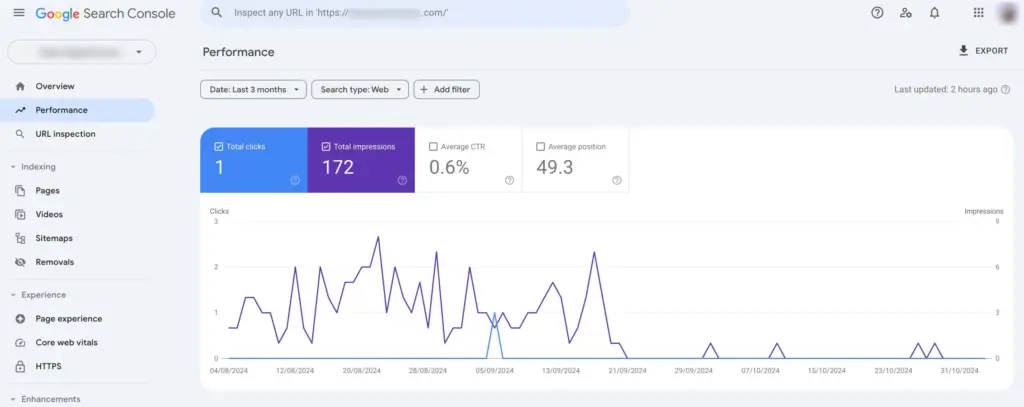
Use Tools to Analyze
Start by leveraging tools like Google Analytics and Google Search Console to evaluate changes in your site’s traffic and keyword rankings. Identify:
- Keywords that have lost visibility.
- Pages or sections of your site most affected by the drop.
By pinpointing specific areas of concern, you can focus your recovery efforts effectively.
Sudden vs. Gradual Drops
Determine whether the rankings drop happened suddenly or gradually:
- Sudden drop: Could indicate algorithm updates or technical issues.
- Gradual decline: Suggests broader issues like outdated content, poor site performance, or ineffective SEO strategies.
This assessment helps differentiate between short-term fluctuations and long-term challenges that require more substantial solutions.
2. Evaluate Google’s Algorithm Updates
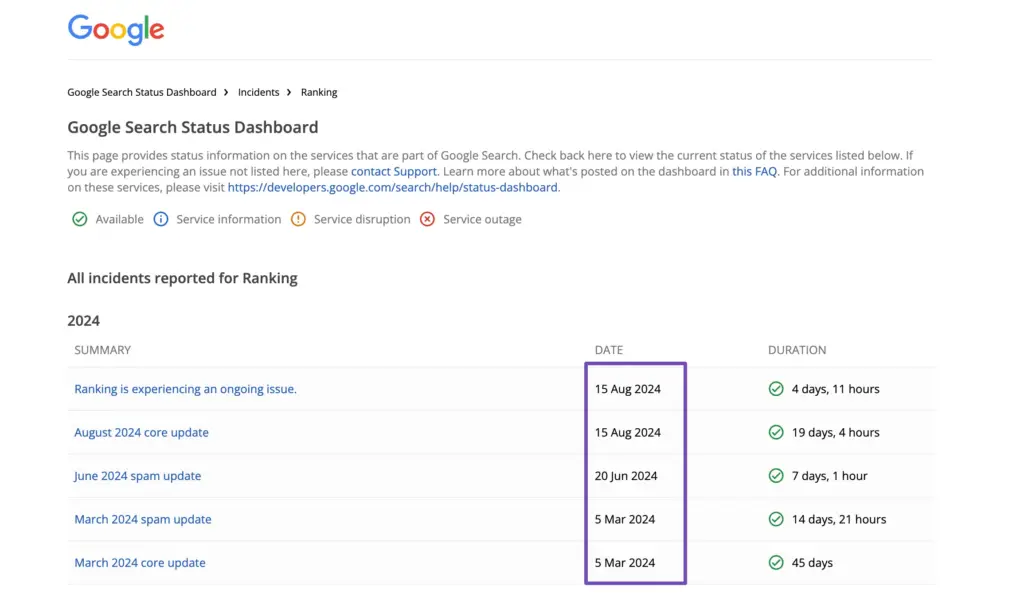
Google frequently updates its algorithms to enhance the quality of search results. These updates can cause significant shifts in rankings.
Stay Updated on Algorithm Changes
Monitor announcements and SEO news from trusted sources, and keep track of major updates such as:
- Core Updates
- Product Review Updates
- Spam Updates
Leverage Tools
Tools like Rank Math integrate Google’s update timelines with analytics, enabling you to connect performance changes with recent algorithm shifts.
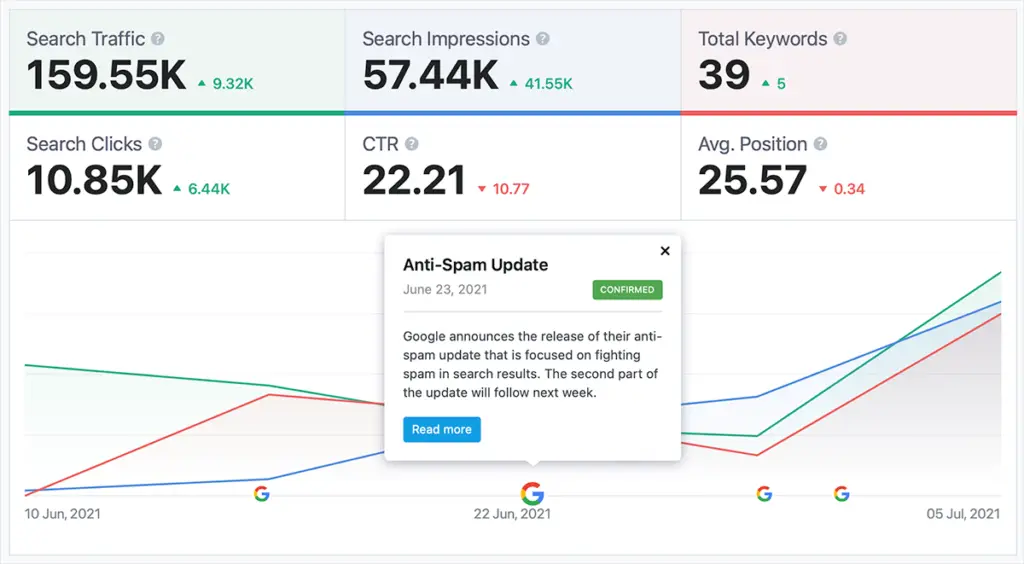
3. Check for Technical Issues
Technical SEO is the foundation of a well-functioning website.
Identify Technical Problems
Use Google Search Console to uncover issues such as:
- Server errors or downtime.
- Crawling and indexing problems.
- Broken links or incorrect redirects.
Mobile Usability & Core Web Vitals
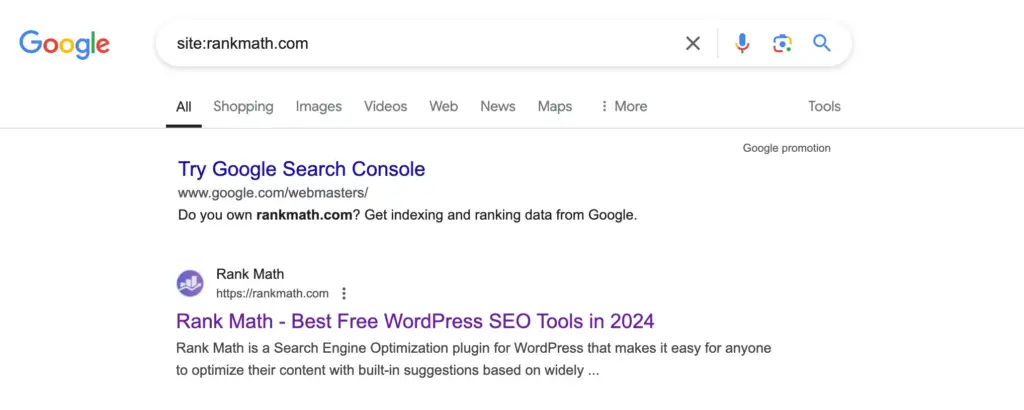
Check metrics like:
- Page speed: Affects user experience and rankings.
- Mobile usability: Ensure your site is optimized for all devices.
- Core Web Vitals: Focus on interactivity, speed, and visual stability.
Resolving these technical issues ensures Google can crawl and index your site efficiently.
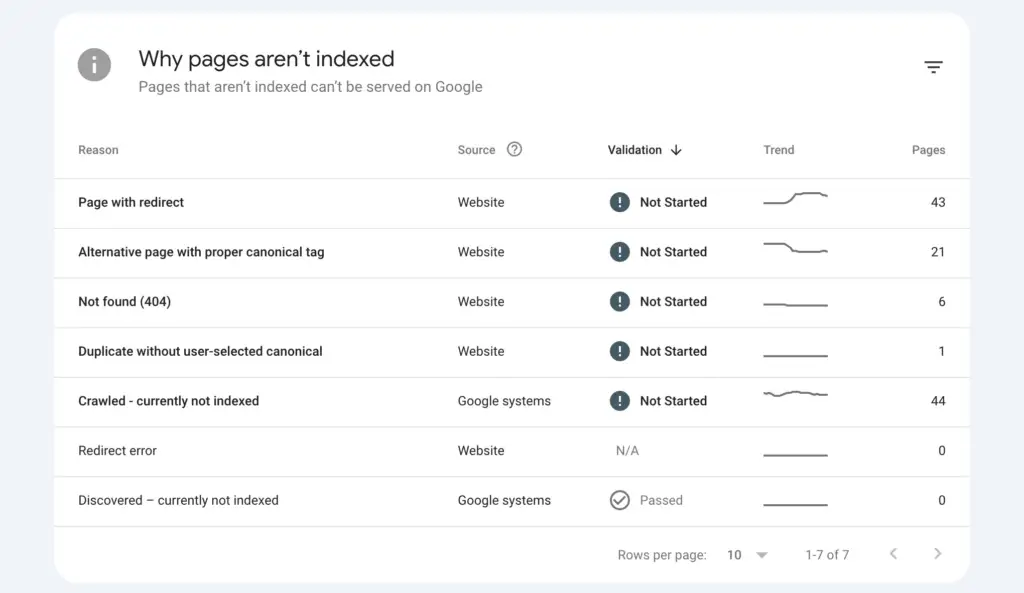
4. Analyze Content Updates and Changes
Content is king, but changes to it can cause ranking fluctuations.
Review Content Modifications
Evaluate whether key content has been:
- Removed.
- Altered.
- Duplicated.
Ensure updates align with keyword optimization, readability, and on-page SEO best practices.
Optimize for E-E-A-T
Google values Experience, Expertise, Authoritativeness, and Trustworthiness (E-E-A-T) in its rankings. Build trust with your audience by providing valuable, accurate, and well-structured content.
5. Check Competitor’s Rankings
Understanding how competitors perform can offer insights into ranking changes.
Analyze Competitor Trends
Use tools like Semrush or Ahrefs to track your competitors’ keyword rankings and content performance.
- Have they updated their content?
- Are they acquiring high-quality backlinks?
Adapt and Improve
Take note of their successful SEO strategies and consider how you can apply similar improvements to your website.
6. Audit Backlinks and Link Profile
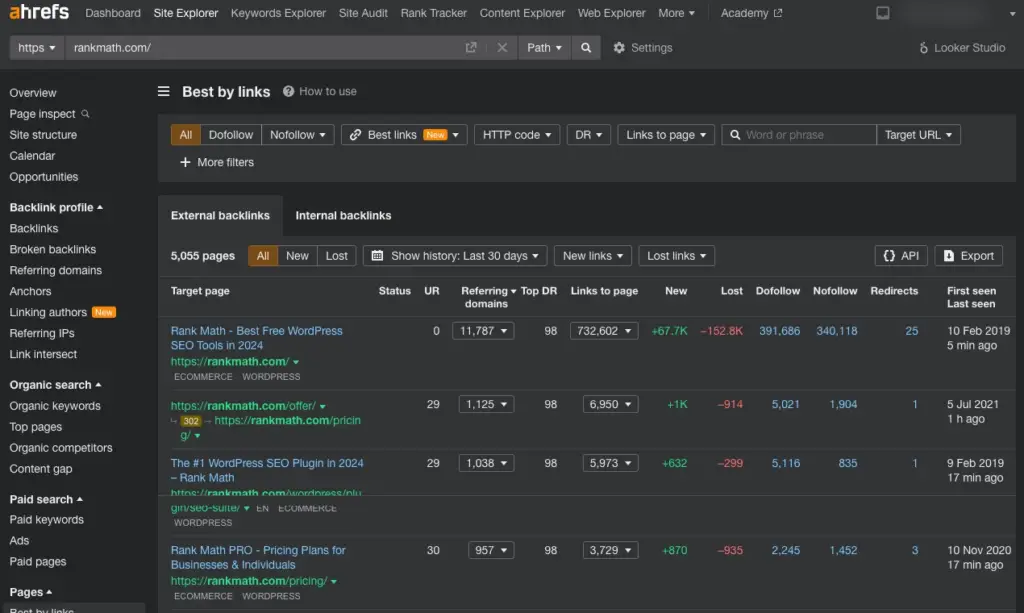
Backlinks are a critical ranking factor, but not all links are created equal.
Identify Toxic Links
Use tools like Ahrefs or Semrush to audit your backlink profile. Look for:
- Spammy or irrelevant links.
- Links from low-domain-authority websites.
Build a Strong Link Profile
Focus on natural link-building strategies, such as:
- Guest blogging.
- Collaborating with reputable sites.
- Creating valuable, shareable content.
A strong backlink profile reinforces your site’s credibility and boosts rankings.
7. Review the SERPs
Search Engine Results Pages (SERPs) are dynamic and can reveal critical insights.
Understand Shifts in Search Intent
Check if the top-ranking pages for your keywords now focus on different content types, such as:
- Informational blogs replaced by product pages.
- Increased emphasis on video content or visual formats.
Optimize for SERP Features
Adapt your content to appear in featured snippets, People Also Ask boxes, or image carousels by:
- Structuring content clearly with headers.
- Directly answering user questions.
8. Wrapping Up: Recovering From Google Rankings Drop
Experiencing a Google rankings drop can be daunting, but it’s not the end of the road. Here’s how you can bounce back:
- Stay proactive by monitoring your site’s performance.
- Adapt your strategies based on reliable data and insights.
- Continuously prioritize high-quality content and a positive user experience.
Remember, ranking fluctuations are part of the SEO journey. By taking a data-driven, strategic approach, you’ll recover and position your website for long-term success.
for more details
Need help with your SEO? Let us know your challenges in the comments below, and we’ll guide you through them!







Thank you for your sharing. I am worried that I lack creative ideas. It is your article that makes me full of hope. Thank you. But, I have a question, can you help me? https://accounts.binance.com/es-MX/register?ref=JHQQKNKN